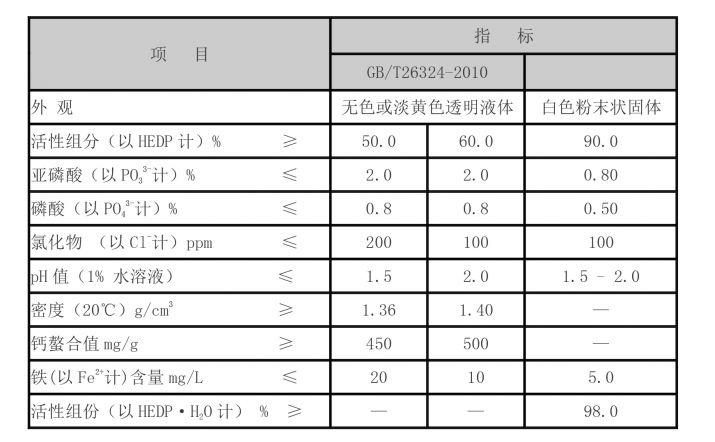poly aluminum chloride pac
Understanding Poly Aluminum Chloride (PAC) An Essential Coagulant in Water Treatment
Poly Aluminum Chloride (PAC) is a chemical compound widely used in various applications, most notably in water treatment processes. As a coagulant, PAC plays a crucial role in purifying drinking water, treating wastewater, and enhancing industrial processes. This article delves into the properties, production, applications, and benefits of PAC, highlighting its significance in ensuring clean water and sustainable practices.
What is Poly Aluminum Chloride?
Poly Aluminum Chloride is a multi-nuclear aluminum coagulant that comes in varying forms. It is typically a white to yellowish powder that is soluble in water. Made by neutralizing aluminum hydroxide with hydrochloric acid, PAC possesses a high positive charge density, which is essential for coagulation. The positively charged aluminum ions attract and neutralize the negatively charged particles and impurities in water, promoting their agglomeration into larger flocs that can be easily removed.
Properties and Composition
PAC is characterized by its high aluminum content, which can range from 10% to 18%. Its composition can vary depending on the manufacturing process, leading to different formulations. The effective pH range for PAC is typically between 5 to 7, making it compatible with various water sources. Its effectiveness is attributed to its ability to form ionic bridges between particles, thereby enhancing the sedimentation process in water clarification.
Production of PAC
The production of PAC generally involves the controlled reaction between aluminum hydroxide and hydrochloric acid. This process can be adjusted to produce varying molecular weights and structures, resulting in different grades of PAC tailored to specific applications. After synthesis, the PAC is typically dried and milled to achieve the desired particle size before being packaged for distribution.
Applications of PAC
1. Water Treatment The primary use of PAC is in municipal water treatment plants, where it helps in the removal of turbidity, color, and various contaminants from raw water. Its rapid coagulation and sedimentation properties allow for efficient treatment processes, leading to cleaner drinking water.
2. Wastewater Treatment PAC is also employed in industrial wastewater treatment processes. It is effective in removing suspended solids, heavy metals, and organic pollutants from effluents, making it an environmentally friendly alternative to traditional coagulants like alum.
poly aluminum chloride pac

3. Paper Industry In the paper manufacturing process, PAC acts as a retention aid and improves drainage efficiency. This enhances the quality of the final product while reducing water consumption in the production cycle.
4. Food and Beverage Industry The food industry utilizes PAC for purifying water used in various processes, ensuring that the end products are safe for consumption. Its low residual content makes it suitable for applications in food processing.
5. Oil and Gas Industry PAC can also be used in drilling fluids for the oil and gas industry, where it serves as a flocculant to improve the performance of drilling muds and enhance the removal of solids.
Benefits of Using PAC
- Efficiency PAC demonstrates superior coagulation efficiency compared to traditional coagulants, allowing for lower dosages and cost savings.
- Versatility Its adaptability to different water qualities and treatment requirements makes PAC a preferred choice for various industries.
- Reduced Residuals PAC produces less sludge compared to traditional methods, which simplifies the disposal process and reduces environmental impact.
- Improved Performance in Low Temperatures Unlike some coagulants, PAC maintains its effectiveness in lower temperatures, making it suitable for cold climates.
Conclusion
Poly Aluminum Chloride stands out as a versatile and essential coagulant in the field of water treatment and beyond. With its superior coagulation properties and wide-ranging applications, PAC is instrumental in ensuring access to clean and safe water. As industries increasingly prioritize sustainable practices, the demand for efficient and effective coagulants like PAC is likely to grow, underscoring its importance in modern water treatment solutions. By choosing PAC, industries not only improve their operational efficiencies but also contribute to environmental sustainability, ensuring a healthier future for all.
-
Water Treatment with Flocculant Water TreatmentNewsJun.12,2025
-
Polymaleic AnhydrideNewsJun.12,2025
-
Polyaspartic AcidNewsJun.12,2025
-
Enhance Industrial Processes with IsothiazolinonesNewsJun.12,2025
-
Enhance Industrial Processes with PBTCA SolutionsNewsJun.12,2025
-
Dodecyldimethylbenzylammonium Chloride SolutionsNewsJun.12,2025





